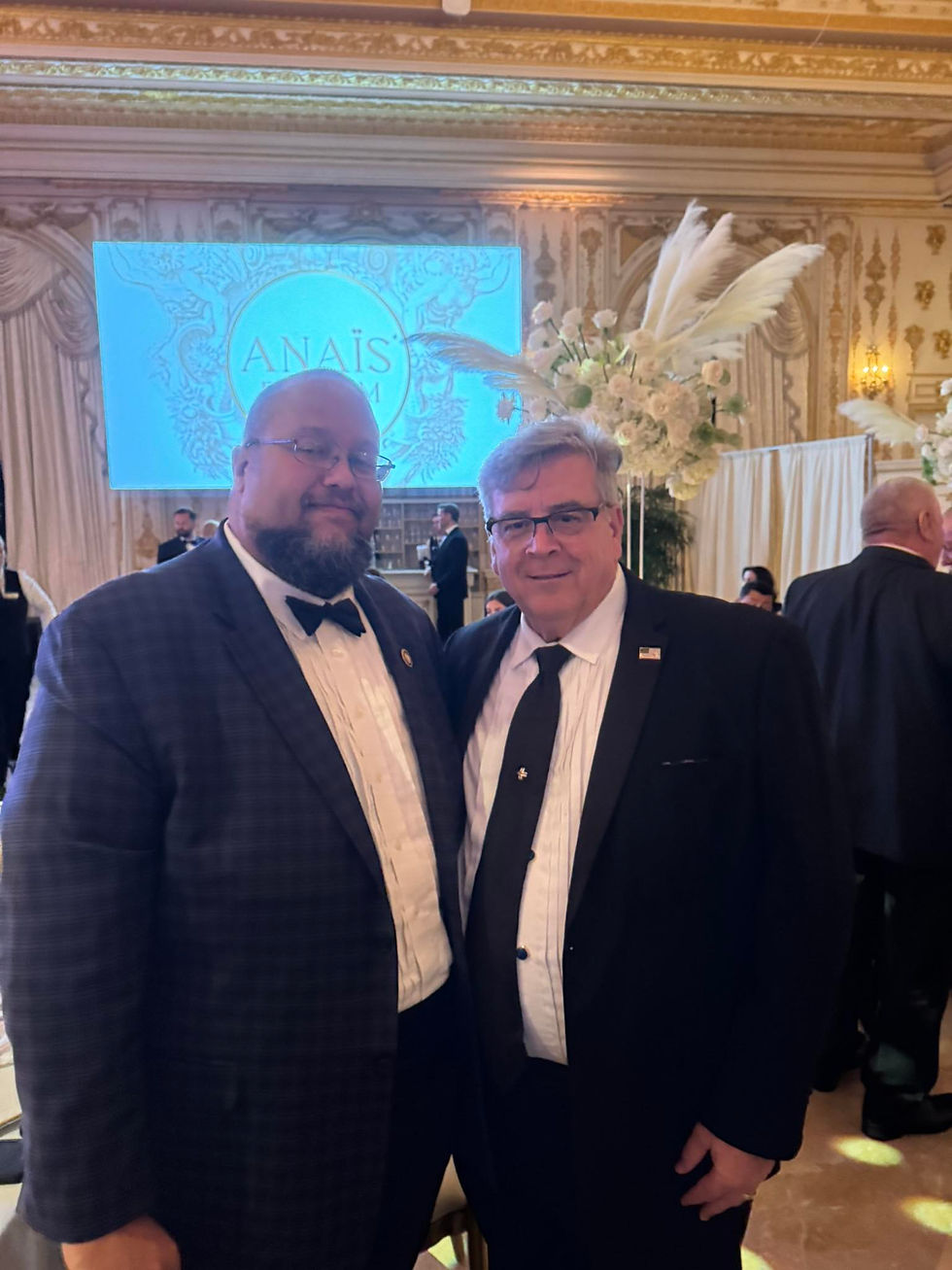The End of the White Slave Trade.
- The Chairman

- Jun 25
- 2 min read
Social Science Lesson: Exposing the Shadows — The Fight Against White Slavery in America
By Chairman Robert W. Sutton.

On this day, June 25, 1910, the U.S. Congress took a bold step toward confronting one of the most hidden yet horrific crimes in the nation—white slavery. This wasn’t about labor or plantations. It was about the trafficking, kidnapping, and exploitation of young women and girls for prostitution—often under the noses of polite society.
While many Americans either didn’t know or chose not to acknowledge the existence of this underground evil, it was an open secret in some regions. Entire networks profited from the commodification of vulnerable girls, many of whom were immigrants or poor, and tricked or coerced into lives they never chose.
Enter the Mann Act, also known as the White-Slave Traffic Act of 1910. This federal law made it a crime to transport “any woman or girl for the purpose of prostitution or debauchery, or for any other immoral purpose.” It was a response not only to moral outrage but to the tireless work of investigative journalists—known as muckrakers—who exposed the atrocities with gripping headlines and graphic accounts that stirred the conscience of the nation.
Their stories forced the public to face the reality: white slavery wasn’t just a problem overseas. It was happening here in the United States.
While Hollywood often romanticized saloons and brothels in shows like Gunsmoke, with characters like Miss Kitty portrayed as strong, independent women, the real stories behind many such establishments were much darker. The truth is, many of those “ladies” were victims of circumstance, economic desperation, and outright trafficking. They didn’t live glamorous lives—they endured abuse, addiction, and hopelessness.
The Mann Act was a first step in declaring: human dignity is not for sale. While it was not perfect and was sometimes misapplied in later decades, the intent of the law—to stop the forced exploitation of women and girls—was a moral awakening for a country that could no longer pretend it wasn’t happening.
Let this lesson remind us:
➡️ Evil thrives when good people remain silent.
➡️ Media, when bold and truthful, can bring light to even the darkest corners of society.
➡️ And laws, though imperfect, matter—especially when they defend the most defenseless among us.
As we reflect on this pivotal moment in American social history, may we continue to champion truth, justice, and the protection of the innocent.
Thank you,
Chairman Robert W. Sutton



































Comments